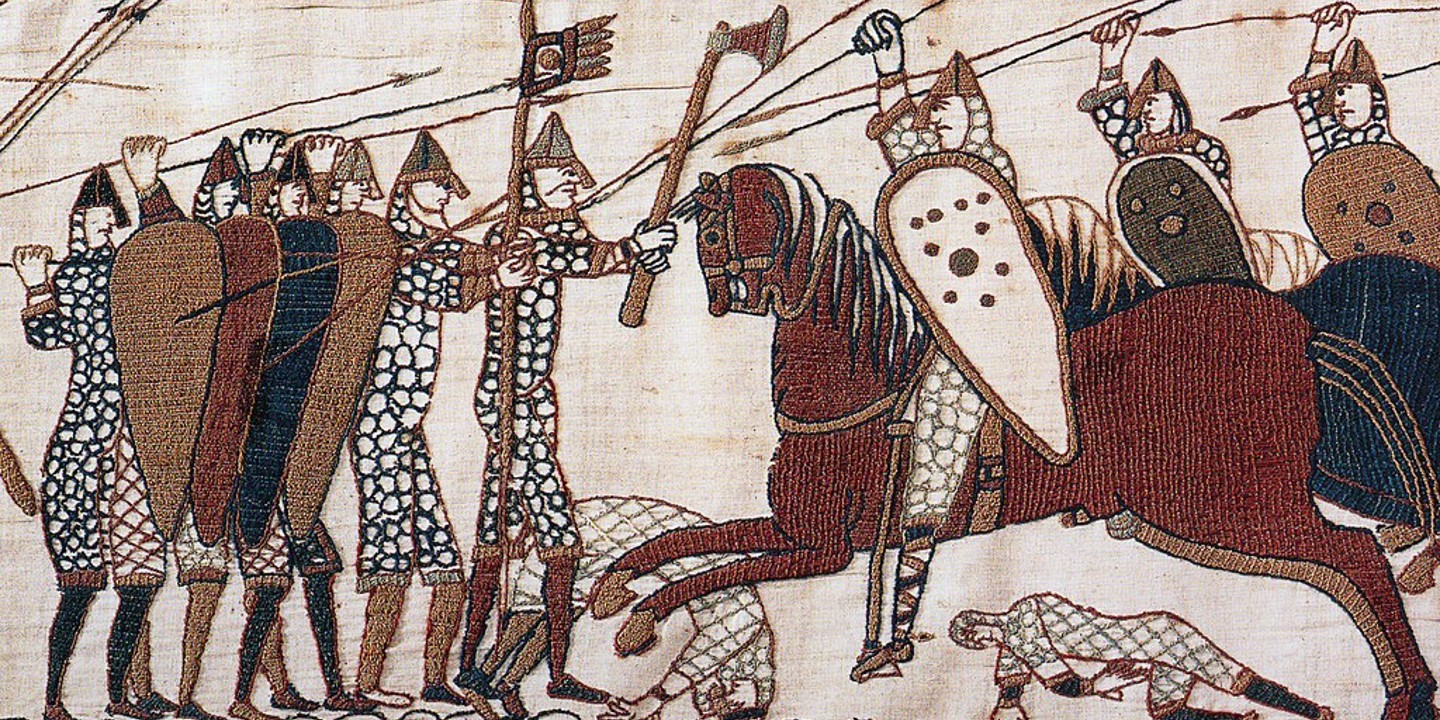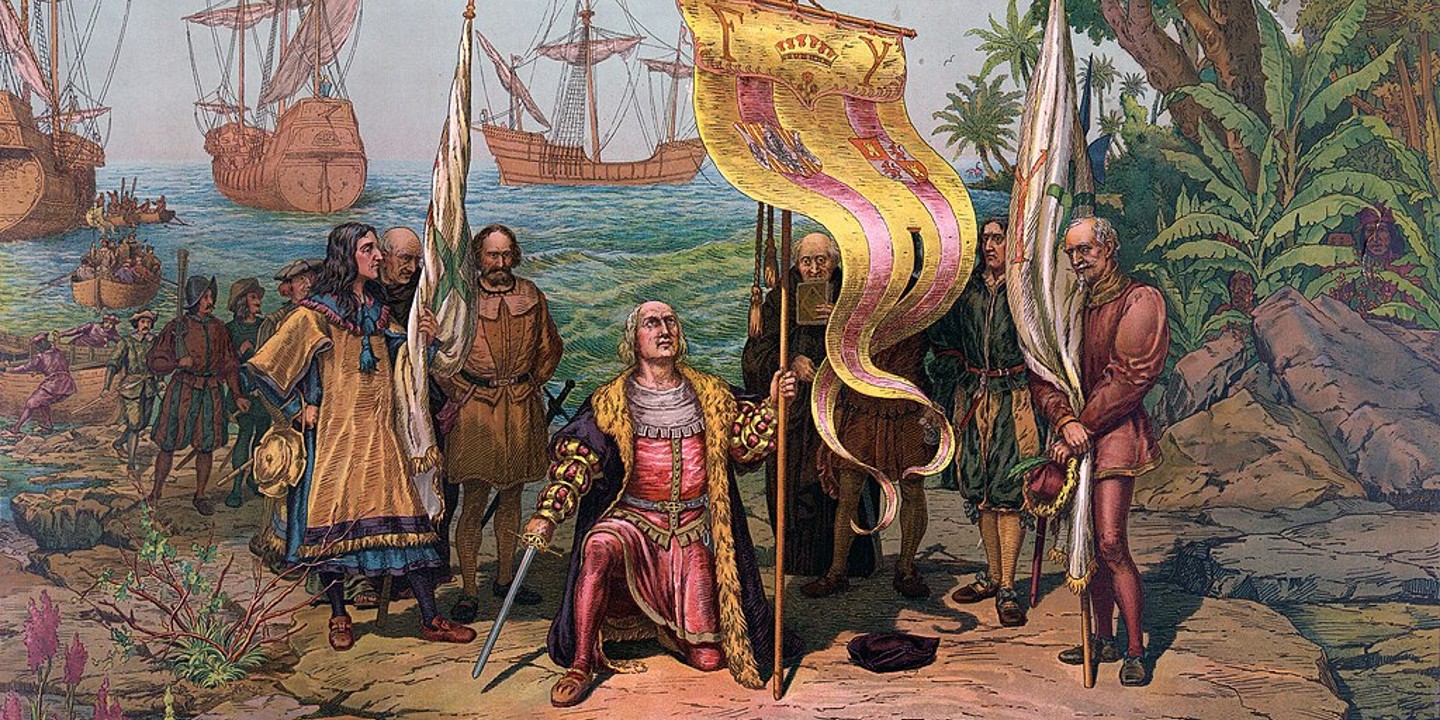When Robert Gould Shaw Fell in Battle, No One Retrieved His Body
 Whipple Studio, 1847 - 1873 on Wikimedia
Whipple Studio, 1847 - 1873 on Wikimedia
Colonel Robert Gould Shaw was the 25-year-old leader of the 54th Massachusetts Regiment, one of the first official African American regiments in the Civil War. The Battle of Fort Wagner, fought on July 18, 1863, was a pivotal and symbolic assault during the American Civil War. Fort Wagner was a heavily fortified Confederate stronghold on Morris Island, South Carolina, guarding the approach to Charleston, an important city for the Confederacy. Colonel Shaw, sword in hand, was spearheading the assault when he took anywhere from three to seven shots in the chest as he reached the parapet of the fort.
The Union’s bold assault was pressed back, suffering heavy casualties. As the Confederates took control of the field, they stripped Shaw’s body and dumped it in a mass grave with his Black soldiers. To them, it was a scathing insult, but to Shaw’s family, it symbolized something sacred. They refused any request to have his body exhumed, his father Francis Shaw writing, “We would not have his body removed from where it lies surrounded by his brave and devoted soldiers.”
A Family That Lived Its Ideals, Even in Death
The Shaws weren’t abolitionists in principle only; they lived out their ideals with conviction and opened their Boston home to Black activists like Frederick Douglass. When Robert volunteered to lead one of the first all-Black Union regiments, his parents hesitated, fearing for his life, but they understood what this appointment represented. When word reached them that his body lay among the men he commanded, they saw dignity in what the Confederates regarded as ignominious. To remove him from that grave, they said, would risk betraying everything he’d stood for. A letter preserved by the Massachusetts Historical Society shows the family’s calm insistence: “We can imagine no holier place or wish for him better company – what a body-guard he has!”
The 54th’s Assault Was as Brave As it Was Doomed
Fort Wagner was a formidable beachhead fortification located on Morris Island, South Carolina, guarding the southern approach to Charleston Harbor. Under Shaw’s command, the 54th was tasked with leading the frontal assault along the narrow, exposed strip of sand that led to the fort’s entrance. This made them extremely vulnerable to withering cannon and musket fire from the Confederate defenders. Of the 600 men engaged in the battle, nearly half fell—272 men, including Shaw.
The Refusal to Reclaim Him Was Its Own Protest
In an age obsessed with class and race, Francis Shaw’s decision was radical, particularly considering the status of his son as an officer. Most white families would have demanded their sons be buried separately with full honors, often in fine cemeteries. But Shaw’s father rejected that, accepting a common mass grave as his son’s final resting place. He sent a letter to his son’s regiment, instructing them: “We would not have his body removed…if we could accomplish it by a word. Please to bear this in mind & also, let it be known, so that, even in case there should be an opportunity, his remains may... not be disturbed.”
Memory Turned the Grave into Legend
For years, the exact site of Shaw’s burial wasn’t marked, yet as the story spread through letters and speeches, it spread far beyond the unmarked trench where his body and that of his men lay. When Augustus Saint-Gaudens sculpted the Robert Gould Shaw Memorial on Boston Common decades later, he didn’t depict a lone hero. He carved Shaw with his men, marching shoulder to shoulder, their faces distinct and purposeful. The memorial itself became the true gravestone, cast in bronze, standing for what couldn’t be unearthed.
The Insult That Backfired
What the Confederates meant as degradation became, almost poetically, the opposite. Shaw’s grave wasn’t a mark of shame; it was an emblem of conviction. It’s difficult to imagine a more fitting burial in a war centered on the notion of equality for all: a white officer lying beside the Black men who followed him into the line of fire, equals in courage, as well as in death. History has a way of turning insults inside out, and Shaw’s sacrifice has become a poignant statement about humanity, valor, and the fight for freedom that transcended race.
This story of Shaw’s burial and the family’s decision reflects a powerful protest against racism and classism, honoring solidarity in life and death among those who fought together for justice.
KEEP ON READING

The 20 Most Recognized Historical Figures Of All Time
The Biggest Names In History. Although the Earth has been…
By Cathy Liu Oct 4, 2024
10 of the Shortest Wars in History & 10 of…
Wars: Longest and Shortest. Throughout history, wars have varied dramatically…
By Emilie Richardson-Dupuis Oct 7, 2024
10 Fascinating Facts About Ancient Greece You Can Appreciate &…
Once Upon A Time Lived Some Ancient Weirdos.... Greece is…
By Megan Wickens Oct 7, 2024
20 Lesser-Known Facts About Christopher Columbus You Don't Learn In…
In 1492, He Sailed The Ocean Blue. Christopher Columbus is…
By Emilie Richardson-Dupuis Oct 9, 2024
20 Historical Landmarks That Have The Craziest Conspiracy Theories
Unsolved Mysteries Of Ancient Places . When there's not enough evidence…
By Megan Wickens Oct 9, 2024
The 20 Craziest Inventions & Discoveries Made During Ancient Times
Crazy Ancient Inventions . While we're busy making big advancements in…
By Cathy Liu Oct 9, 2024


